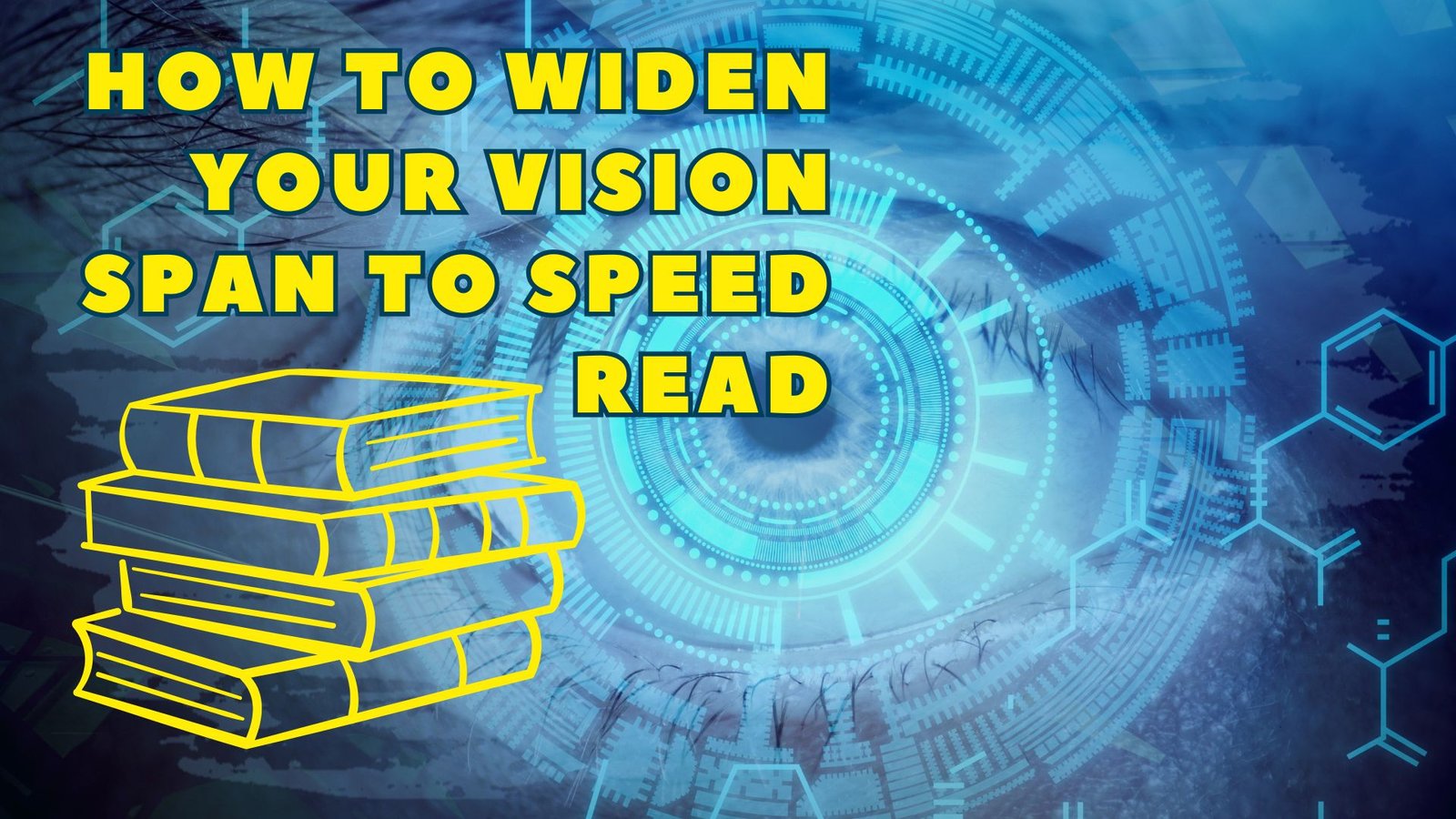Imagine reading twice as fast, absorbing information like a sponge, and never losing your place on a page again.
The key? Your vision span—the often-overlooked skill that separates average readers from super-readers.
Vision span isn’t just about how far you can see; it’s about how much your brain can process without moving your eyes.
Research shows that a wider vision span can boost reading speed by up to 52%, enhance focus, and even reduce eye strain.
Yet, most people have no idea how to optimize it.
Whether you’re a student drowning in textbooks, a professional skimming reports, or a book lover trying to read more, this article will reveal why your vision span matters and how to train it for peak performance.
What Is Vision Span? (And Why It’s a Game-Changer)
Your vision span is the number of letters or words you can recognize accurately in a single glance—without shifting your eyes. Think of it as your brain’s “snapshot” capacity for text.
- Narrow vision span (3–4 letters): Forces frequent eye jumps (saccades), slowing reading speed and increasing fatigue.
- Wide vision span (7+ letters): Lets you absorb chunks of text at once, speeding up reading and improving comprehension.
A landmark study found that children’s reading speeds improved as their vision spans expanded with age, proving this skill is trainable8. Adults can benefit just as much—especially in our screen-dominated world, where eye strain and focus issues are rampant.
3 Reasons Why Vision Span Is Critical
1. It Dictates Your Reading Speed & Efficiency
Your eyes don’t move smoothly across text; they jump in quick bursts. The wider your vision span, the fewer jumps needed—meaning you read faster with less effort.
- Poor vision span leads to regressions (re-reading lines) and losing your place, common in struggling readers.
- Elite speed readers leverage a wide vision span to process whole lines at a glance.
2. It Reduces Eye Strain & Mental Fatigue
Struggle with headaches after reading? A narrow vision span forces excessive eye movements, tiring your ocular muscles and brain.
- Eye tracking issues (like skipping lines) are often misdiagnosed as ADHD or focus disorders.
- Vision therapy (training eye tracking and focus) can reduce strain and improve stamina.
3. It Sharpens Focus & Comprehension
A study on visual span and reading speed found that 34–52% of reading variability was tied to vision span size. Why?
- A wider span lets your brain process context, not just individual words.
- It reduces subvocalization (silent “sounding out” words), a major speed barrier.
How to Widen Your Vision Span: 4 Science-Backed Techniques
1. The “Peripheral Expansion” Drill
- How: Place a finger between two words on a page. Focus on your finger while trying to read the words around it without moving your eyes.
- Why: Trains peripheral vision to capture more text per glance.
2. Use a Pacer (But Differently)
- How: Move a pen under the line you’re reading, but try to read ahead of it. This forces your eyes to “chunk” words.
- Why: Reduces fixation time and encourages broader saccades.
3. Vision Therapy Exercises
- Eye Tracking: Follow a moving object (like a pendulum) without head movement.
- Focus Shifting: Alternate focus between near/far objects to strengthen eye muscles.
4. The “Flashcard Method”
- How: Flash a card with 5–7 random words for 1 second, then recall them. Increase word count over time.
- Why: Mimics the visual span test used in research, expanding letter recognition capacity.
The Hidden Link Between Vision Span and Screen Time
Digital devices shrink our vision span by training eyes to focus narrowly on small screens. Symptoms include:
- Screen-induced myopia (nearsightedness).
- Digital eye strain (blurred vision, headaches).
Fix it with the 20-20-20 Rule: Every 20 minutes, look at something 20 feet away for 20 seconds. This resets focus and reduces strain.
Your Eyes Are a Muscle—Train Them!
Just as athletes train for agility, your vision span can be strengthened with practice. Start with 5 minutes daily of the drills above, and track progress by timing your reading speed.
💬 Now I’d love to hear from you:
- Have you noticed vision-related focus issues?
- Which technique will you try first?
Drop a comment below—let’s build a community of sharper readers!

